Lisbon’s iconic Tram No. 28 winds through picturesque streets, while the medieval castle offers panoramic views over the Tagus River.
With stunning architecture at every turn, the Portuguese capital effortlessly captivates visitors. Immerse yourself in its beauty and soak up the rich local culture.
From traditional fado concerts to explorations of urban art and coastal panoramas with stunning beaches, Lisbon offers endless adventures.
Here are the top things to do in Lisbon.
- Discover the passionate tradition of fado music
- Explore the must-see sights of Lisbon
- Immerse yourself in Lisbon’s urban art scene
- Spend your holidays on Lisbon’s best beaches
- How to get to the city centre the Lisbon airport?
- Where to stay in Lisbon?
Discover the passionate tradition of fado music
When fado plays, it’s hard to stay indifferent. The 12 strings of the Portuguese guitar combined with the powerful voice of a performer touch the hidden depths of most anyone’s heart and soul.
Fado is the music of mourning and an expression of a special Portuguese emotional state or mentality called saudade (a bittersweet, melancholic longing with a kick of nostalgia).

Photo source: Tripadvisor
Lisbon is the birthplace of fado. The music genre originated at the beginning of the 19th century in the neighbourhoods of Alfama, Bairro Alto, and Mouraria.
It was working-class music – a way for sailors to express their homesickness and longing for home. The theme of the sea has always been prominent in fado, as Lisbon played an important role in the global maritime trade.
But performances were also about the hardships of urban life, the bohemian lifestyle, and tragic love.
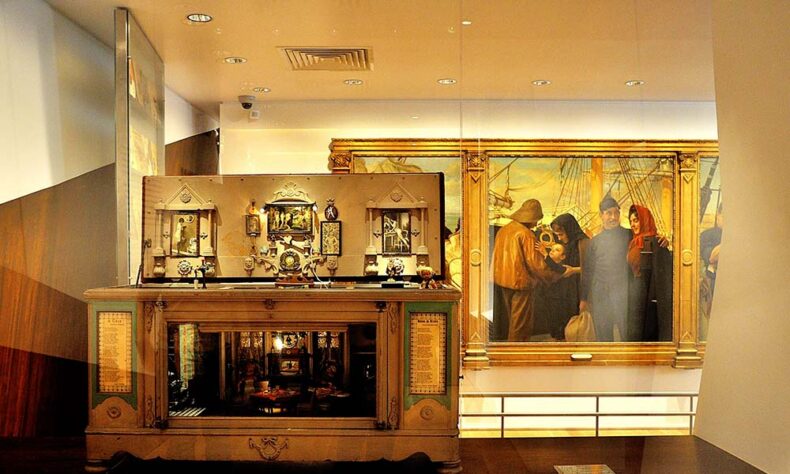
Photo source: Visit Lisboa
Today, fado is among Lisbon’s most treasured cultural symbols and enjoys UNESCO protection as an aspect of intangible heritage.
The 20th century saw this music genre bursting out of the tiny bars of Alfama to international fame.
If you can listen to only one fado artist before embarking on your trip to Lisbon, make it Amália Rodrigues. The best-selling Portuguese artist in history, she’s nicknamed the Queen of Fado for propelling the genre into the mainstream and promoting it internationally.
For modern fado music, check out Mariza, Camané, and Ana Moura.

Photo source: Tripadvisor
A fado performance in modern-day Lisbon remains a very traditional happening. The Alfama district at the foot of the castle is still the best area for catching a concert.
Look for a casa de fado (fado house). Usually, these establishments serve Portuguese food and local wine alongside masterful fado performances.
They’re also often quite tiny, so you may feel like you’re sitting in a local’s apartment while listening to the magical sounds of fado up close. There are many traditional restaurants in Lisbon, but those with a fado programme definitely win.
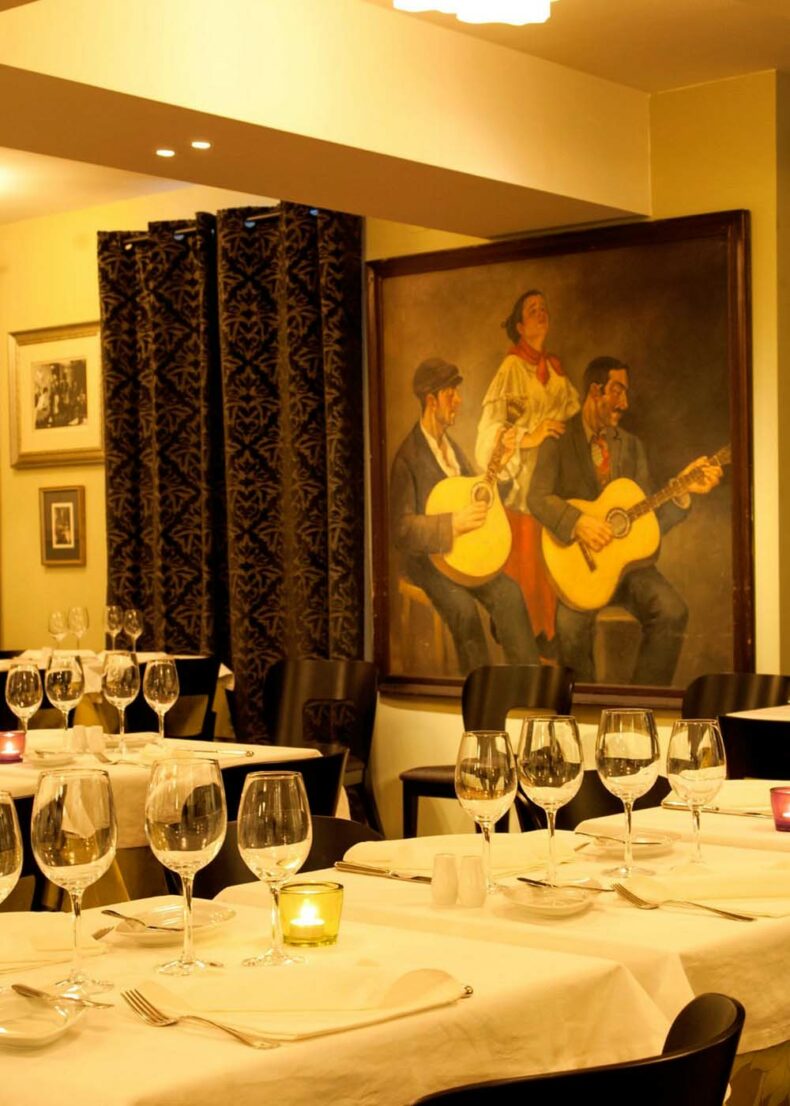
Photo source: Tripadvisor
To get more context about the genre, head to the Fado Museum. Located in a pretty, old building in Alfama close to the riverfront, it’s the perfect place to get acquainted with the rich history of this genre.
The museum also regularly organises concerts featuring leading fado artists, so keep an eye on its schedule.
Another great idea for culture in Lisbon is the Amália Rodrigues House-Museum, which is a unique place to immerse yourself in the local lifestyle and fado history.
Explore the must-see sights of Lisbon
Architecture buffs are spoiled for choice in Lisbon. The Portuguese capital offers a kaleidoscope of magnificent monasteries and palaces to explore.
In fact, there are so many monumental centuries-old buildings here that you could easily spend a week just visiting one after the other.
Monasteries and palaces also give you a glimpse into Portugal’s past as a rich, devout Catholic monarchy. However, the liberal revolution in the 19th century changed the country profoundly, and the monarchy ended in 1910.

Photo source: Unsplash
Start your exploration with the iconic Carmo Convent. These beautiful Gothic ruins are a reminder of the devastation of the 1755 Lisbon earthquake, which destroyed a large part of the city.
It’s the ultimate photogenic sight, with the roofless silhouette of tall aisles and arches seemingly reaching up to the sky above.
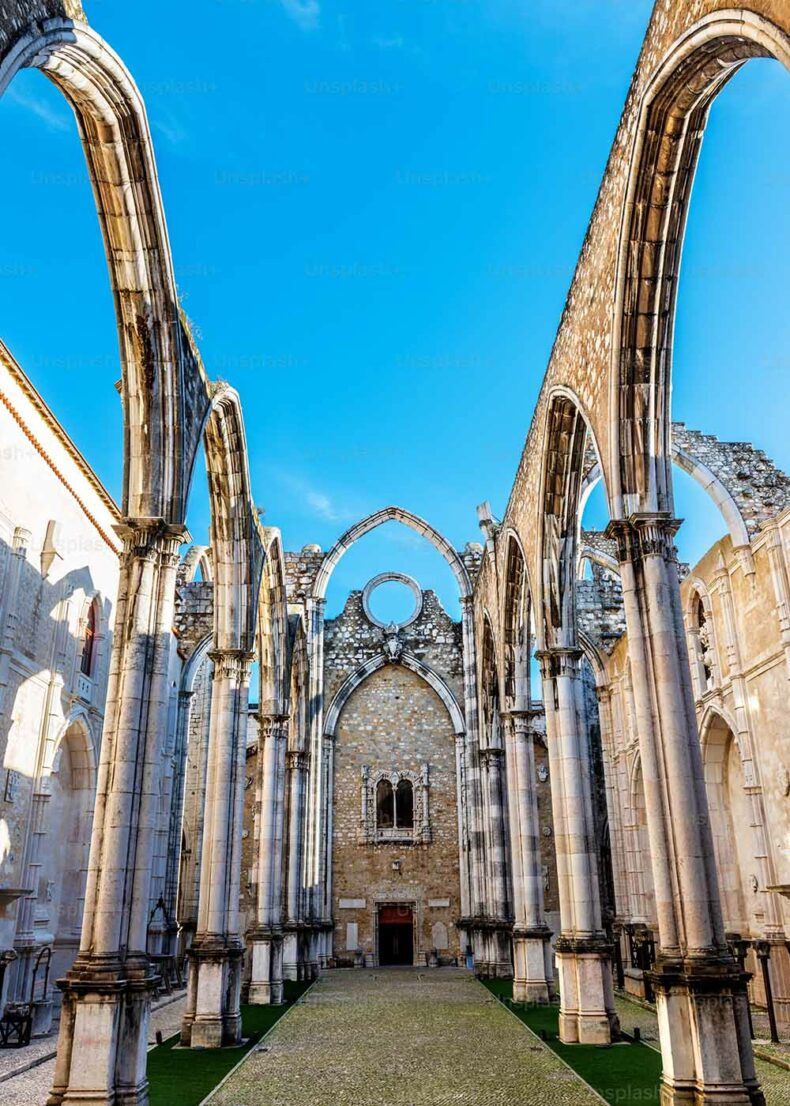
Photo source: Unsplash
Other notable convents in the city centre include the spectacular Igreja de São Vicente de Fora, the azulejo-covered São Pedro de Alcântara, and the 13th-century Igreja da Graça.
Some monasteries, such as the Convento do Beato, have been transformed into multipurpose exhibition halls.

Photo source: Facebook
The transition from a monarchy to a democratic republic in the 20th century saw Lisbon rethinking its rich palatial heritage. Many buildings that belonged to royals were repurposed to become museums, art galleries, luxury hotels, and embassies.
The number of palaces in the Portuguese capital and its environs is truly astounding. Many have adjacent churches and manicured gardens, making a visit to them an utter joy.

Photo by Dainis Nažinskis
It’s easy to explore the best-known palaces of Lisbon by moving from the city centre to the western district of Belém.
You won’t want to miss the Palácio de São Bento, a Neoclassical building that now hosts the Portuguese parliament.
The next stop is the bright pink Necessidades Palace, now the seat of the Ministry of Foreign Affairs.

Photo source: Tripadvisor
While the previous two are closed to the general public, you can get a glimpse of royal heritage at the splendid Palácio Nacional da Ajuda. It’s a museum with many decorated halls filled with period objects and sculptures.
And don’t miss the adjacent Ajuda Botanical Garden, a beautiful natural gem that’s a great idea when visiting Lisbon with children.
Then proceed to the Palácio Nacional de Belém, the official residence of the Portuguese president.

Photo source: Tripadvisor
While in Belém, definitely go to Pastéis de Belém.
This historic bakery has been serving iconic pastel de nata custard tarts since the 19th century. It’s among the top choices in Lisbon for where to find the authentic version of this local dessert.

Photo source: Tripadvisor
Immerse yourself in Lisbon’s urban art scene
While Lisbon’s image is intricately connected with Old World charms and the traditional, the city is also among Europe’s centres of urban art.
Colourful murals grace the walls of the old houses, the cultural calendar is filled with wildly interesting exhibitions, and creativity is limitless.

Photo source: Unsplash
Lisbon is a hub for new artists, as the city gives them a platform to shine through various festivals, unorthodox exhibition pavilions, and outdoor wall canvases. For the visitor, it means an exciting time discovering all the urban art.
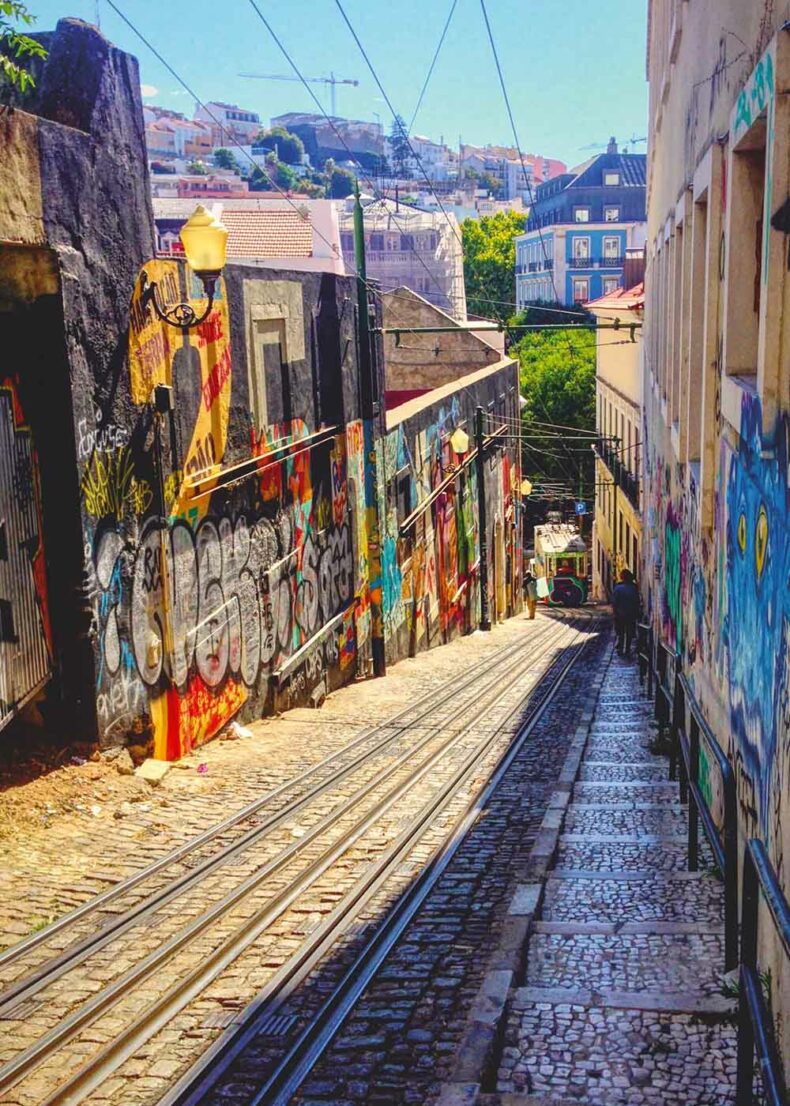
Photo source: Unsplash
What better way to appreciate artistic expression than embarking on a tour of murals? Thankfully, Lisbon has many fantastic ones to check out.
Start with the medieval neighbourhoods of Alfama and Mouraria to find some explosive pieces, such as Poseidon by PichiAvo, the Calçada cobblestone mural devoted to singer Amália Rodrigues on Rua de São Tomé, and Fado Vadio on the Escadinhas de São Cristóvão.
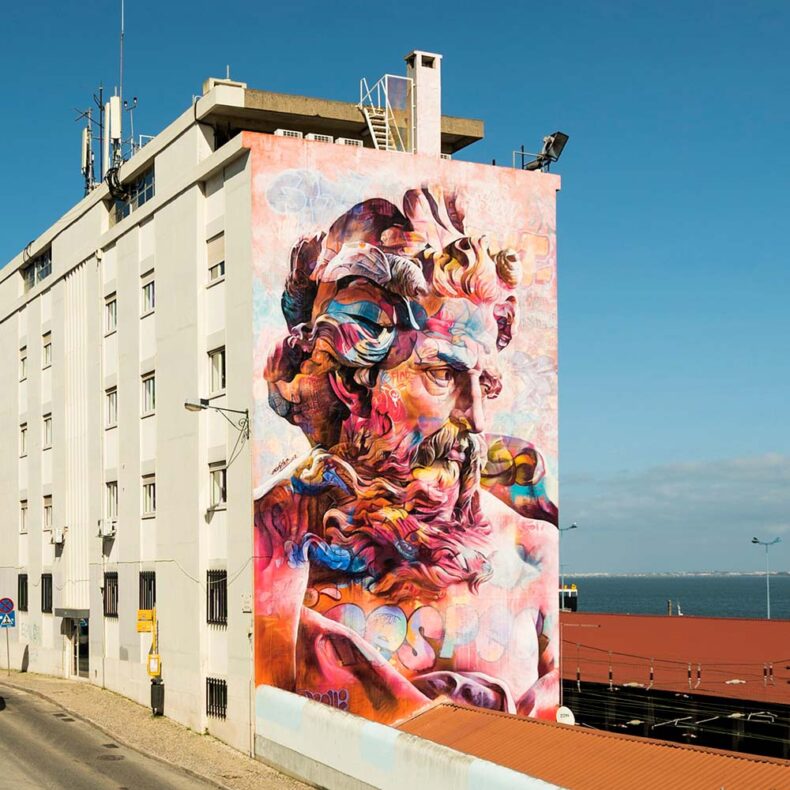
Photo source: PichiAvo
The Graça neighbourhood is also great for finding awesome murals, such as Saudade by Mário Belém and Revolutionary Woman by Shepard Fairey.

Photo source: Street Art Cities
Another hotspot of urban art is the Panorâmico de Monsanto, an abandoned restaurant built in 1968 that doubles as an unofficial graffiti exhibition space.
In addition to the ceramic tiles by renowned local artist Manuela Madureira, you can appreciate a weirdly attractive mix of urban artwork by Vhils, Ram e Mar, and Tamara Alves.
Also, the Panorâmico de Monsanto offers one of the best views over the Portuguese capital. Go there at sunset to be rewarded with an unforgettable panorama.

Photo source: Tripadvisor
The story of modern Lisbon is a tale of revitalisation. And art has a direct role in this process.
LX Factory is among the best representatives of this side of the city. A creative hub that occupies a former 19th-century industrial weaving and textile factory, it has exhibition spaces, restaurants, a funky café, and a bookshop. In other words, it’s where all the cool stuff is in Lisbon.
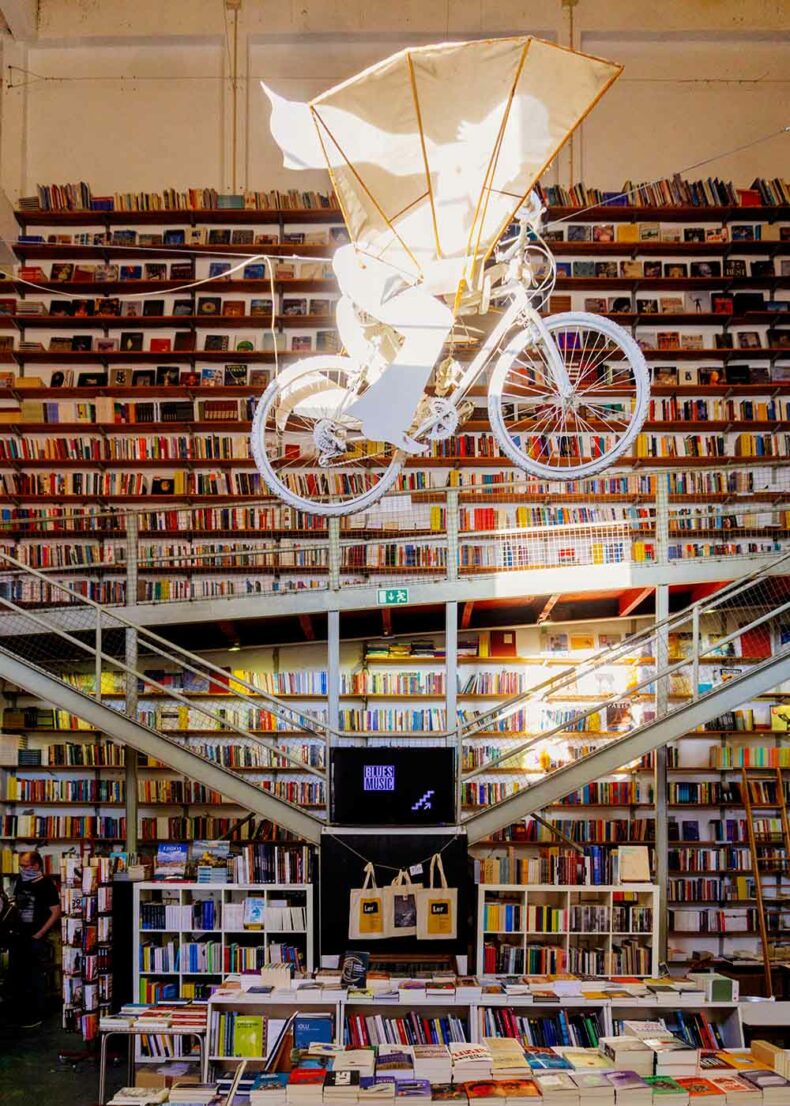
Photo by Dainis Nažinskis
Catch a fashion show, discover work by new artists, and have a great meal, too.
For more contemporary art, check out the busy exhibition schedule at the Underdogs Gallery.
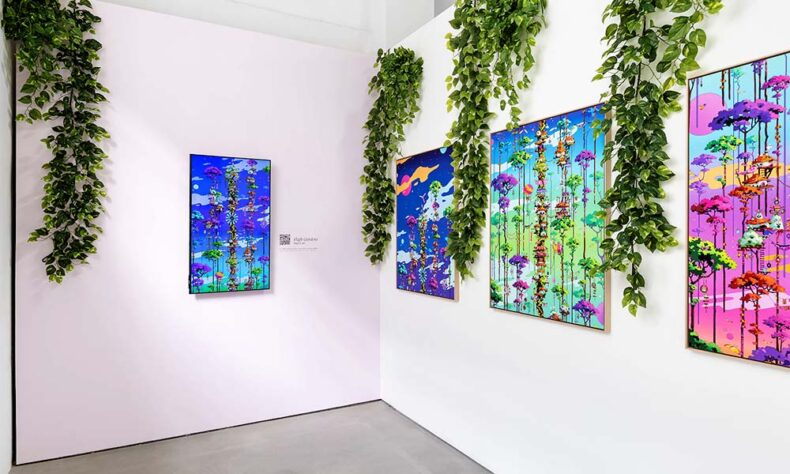
Photo source: Underdogs Gallery
There’s also an unmissable Lisbon event for all urban art aficionados: the Muro Festival takes place annually and highlights national and international urban artists.
The theme changes every year, and you can expect a multidisciplinary programme with guided tours, workshops, theatre and music performances, and artistic showcases.
Another event to check out is Arco Lisboa, which promotes Portuguese contemporary art.
Spend your holidays on Lisbon’s best beaches
While Lisbon doesn’t lie directly by the ocean, its easy access to more than 100 kilometres of the Atlantic coast makes the Portuguese capital a perfect beach destination.
Whether it’s leisurely sunbathing (when the capricious Lisbon weather allows it), lounging in fancy bars, adventurous surfing, or contemplative dreaming, there’s a beach for that.
Just don’t come here looking for Algarve-style holidaymaking. Lisbon beaches are moodier and more dramatic but equally rewarding.
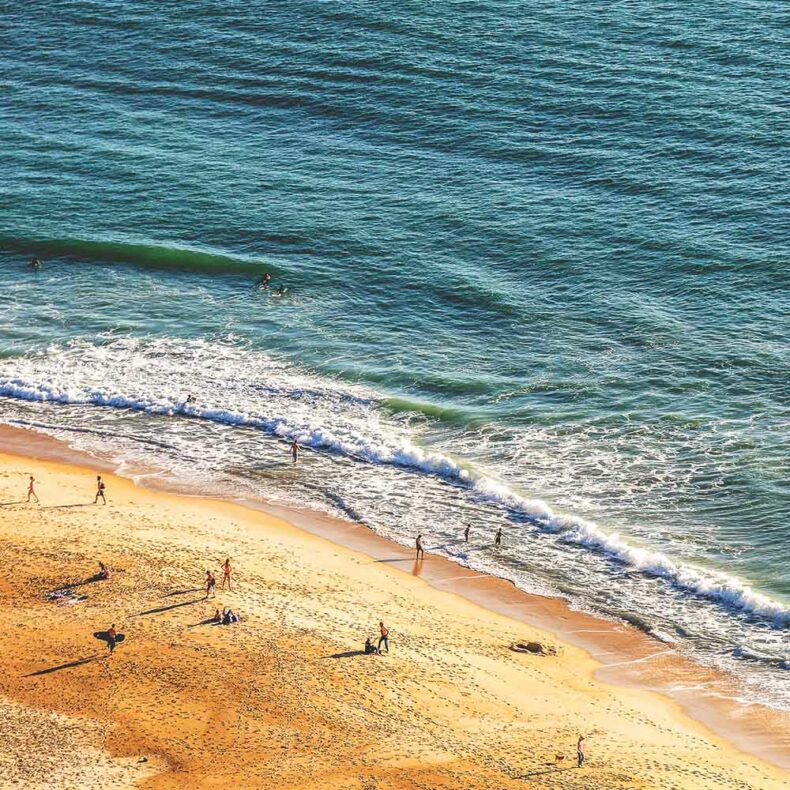
Photo source: Unsplash
The Cais do Sodré station is the gateway to the coast. Easily reached by the Lisbon metro, it’s a hub for the regional trains that go to the oceanside resorts.
Praia da Torre is the closest sandy stretch to Lisbon. It offers beautiful vistas and is located next to the 16th-century São Julião da Barra Fort.

Photo source: Tripadvisor
Then walk the short distance to long and gorgeous Carcavelos, a white-sand beach that’s great for serious surfing and relaxing picnicking. There’s also a kaleidoscope of bars and seafood restaurants next to it.

Photo source: Unsplash
But don’t stop there. More spectacular beach spots await further west.
São Pedro do Estoril is an ultra-scenic beach bordered by cliffs, Praia da Azarujinha is a hidden sandy cove surrounded by tall walls, and Poça is a charming stretch with great infrastructure and a promenade.

Photo source: Unsplash
But as you reach Tamariz Beach, everything that came before feels like a rehearsal. One of the most photogenic stretches in the country, it sits under the elegant Forte da Cruz villa.
Welcome to the Portuguese Riviera, which is among the country’s most affluent and high-end areas!
Cascais is heart of this area and a gateway to the wild beaches of the Estoril coast. Once a calm fishing village, today the town is a go-to seaside resort with pretty tiled houses, top-notch resorts, and beautiful golden beaches.

Photo source: Unsplash
Take a dip at central Rainha Beach, see the epic Citadel, and enjoy some seafood at one of the local taverns.
But save your energy for walking, because hiking along the Cascais coast is a bucket-list thing to do. You’ll see the astonishing Boca do Inferno cliffs, the dramatically placed Guia Lighthouse, and the delightful Santa Maria House Museum.
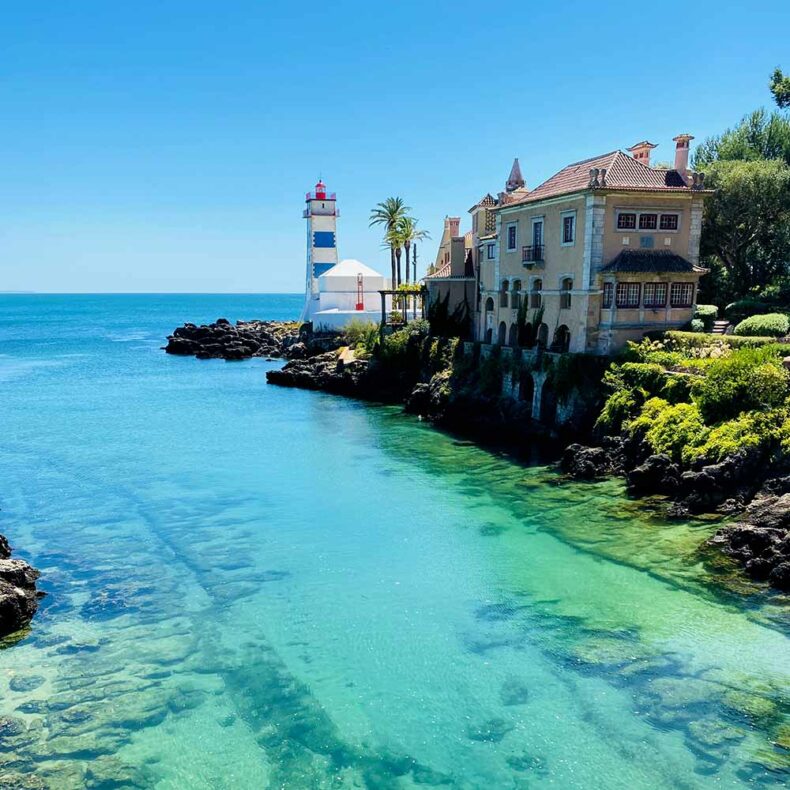
Photo source: Unsplash
Head further for even more stunning Atlantic beaches. For example, the 800-metre-long Praia do Guincho, a surfing and windsurfing mecca where James Bond was filmed.
Or the secret Praia do Abano with its glorious rocks.
Still further north, Ursa Beach may well be one of the most striking stretches of sand on the European continent.
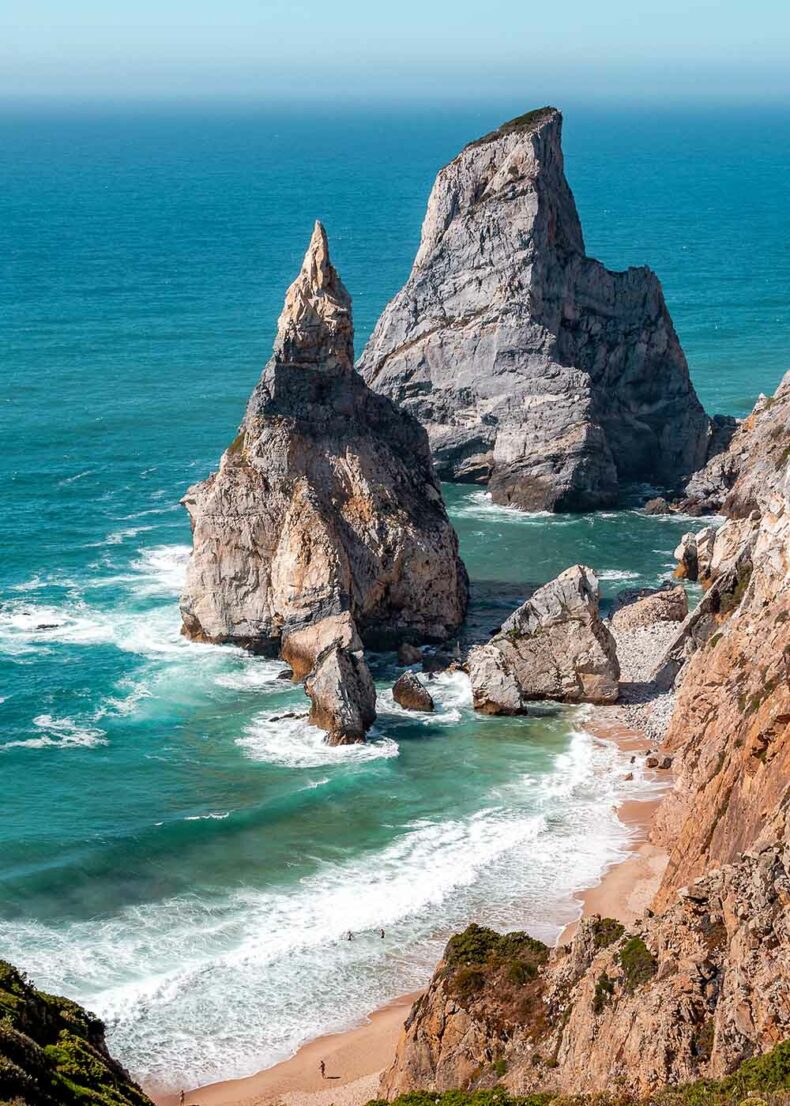
Photo source: Unsplash
How to get to the city centre the Lisbon airport?
There’s a direct metro link from the airport to the city centre.
A single journey costs EUR 1.45, or you can purchase a 24-hour transportation card for EUR 6.30.
Where to stay in Lisbon?
The central districts of Baixa, Bairro Alto, and Alfama are the best neighbourhoods to base yourself in the city.
Hotels in Lisbon range from tiny guest houses to upscale historical lodgings, so there’s always a choice. Also check out Airbnb for the best deals and longer stays.
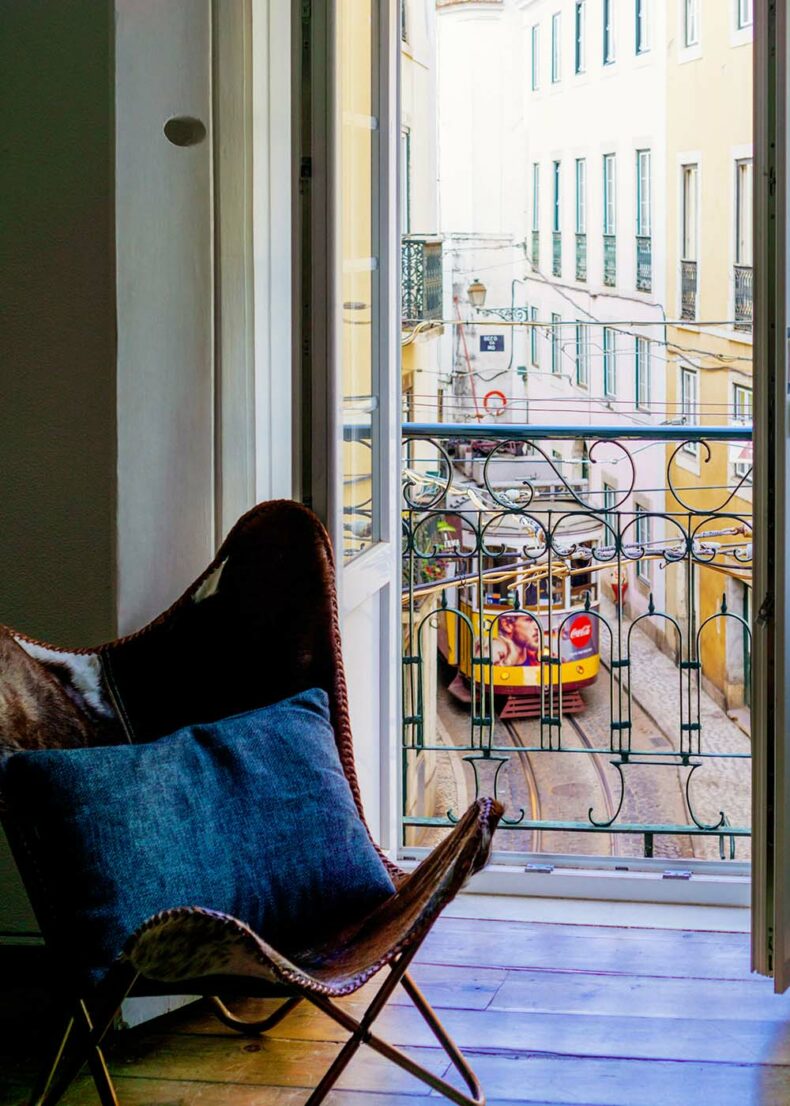
Photo by Dainis Nažinskis